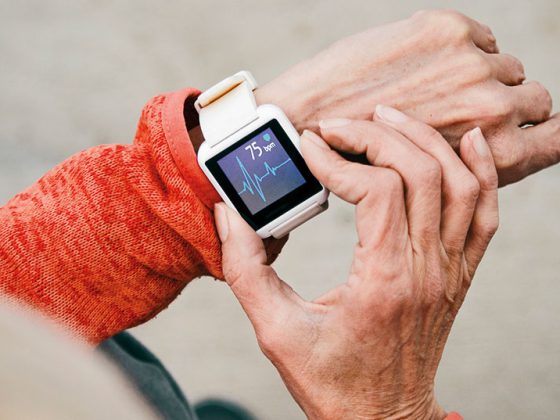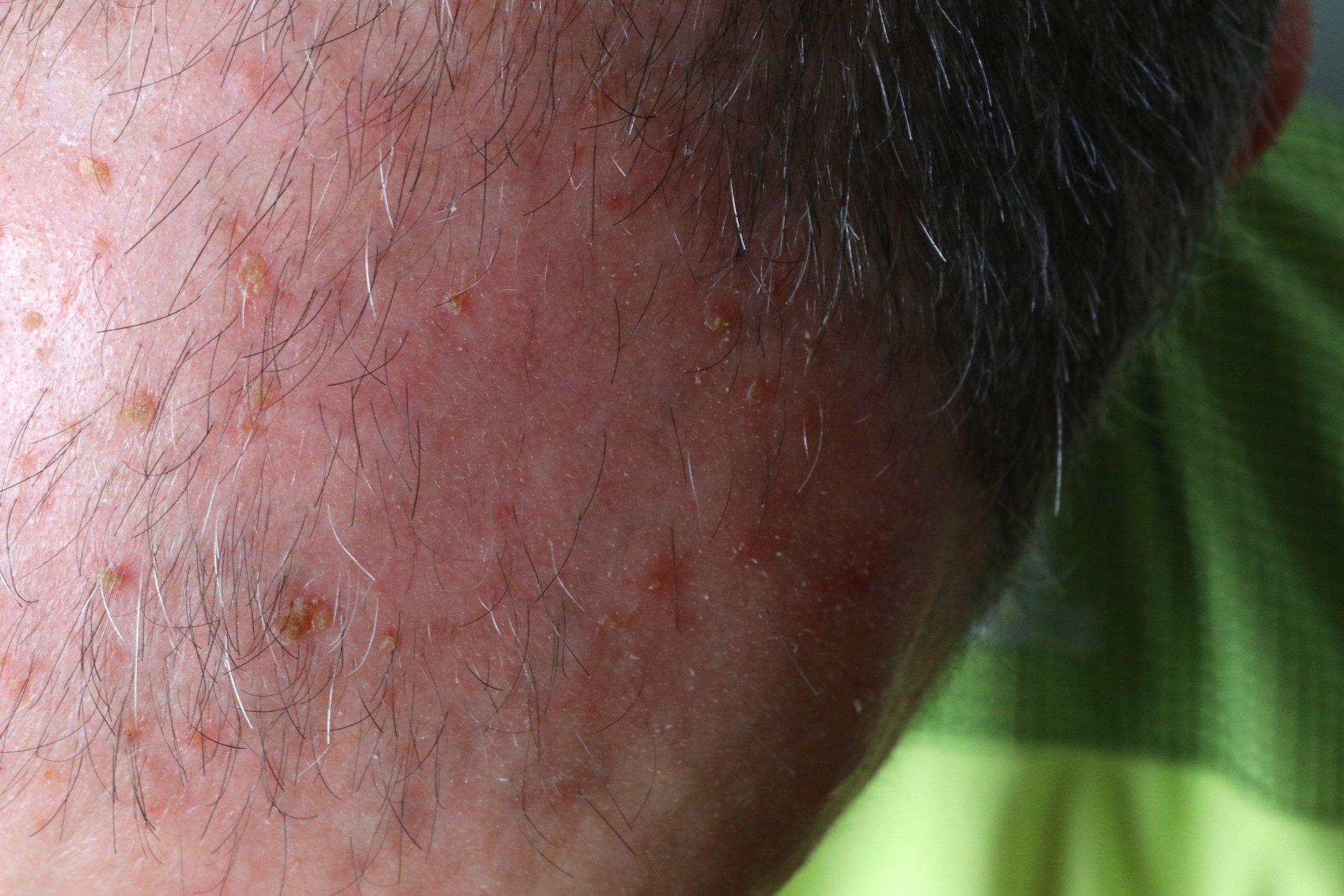Rare autoimmune diseases such as neuromyelitis optica spectrum disease (NMOSD) and myelin oligodendrocyte glycoprotein antibody-associated disease (MOGAD) are united by ignorance of quality of life and socioeconomic costs of illness. A multicenter study has now investigated precisely these issues and concluded that early therapy management is indicated.
NMOSD and MOGAD are autoimmune diseases that, like multiple sclerosis (MS), usually cause relapsing inflammation of the central nervous system (CNS). The spinal cord and optic nerves are frequently affected. The disease episodes can cause, for example, visual disturbances up to blindness, muscle spasms and paralysis, pain, and urinary and fecal incontinence. Despite intensified relapse therapy, permanent impairments may occur. However, for these rare diseases, there has been a lack of meaningful studies and evidence on the socioeconomic costs of illness and the quality of life of those affected. However, health policy decisions that impact quality of care are often made on the basis of such statements. This gap has now been closed. The multicenter study included 212 patients – a very large number for a rare disease. This was made possible by the NEMOS study group, which is a network of more than 60 NMOSD centers in Germany, Austria and Switzerland. With the help of the network, the study initiators were not only able to interview affected individuals and their families, but also to access data from other centers and a central patient registry at the same time. Comprehensive data were collected on the consumption of medical and non-medical resources and the patients’ ability to work. The total average annual per capita cost of the disease was about 60,000 euros. The most important cost driver was informal care costs, i.e. financial burdens arising from the fact that, for example, it is not care services that take over the care of those affected, but rather faithful relatives. Often, they have to reduce their working hours considerably to do so. Informal care accounts for 28% of total costs! Other cost drivers are indirect costs, such as for home modifications for the disabled, and pharmaceuticals, especially immunotherapeutics. As the severity of the disease increases, the socioeconomic costs rise dramatically. At the same time, the quality of life of those affected decreases. On average, patients had a worse quality of life than those with MS.
Prevent thrusts
People with NMOSD live with the risk of unpredictable disease episodes. 90% suffer another episode within five years of the first. Even a single NMOSD episode can cause significant, permanent damage, and each subsequent episode magnifies the damage caused by the previous episode. The cause of this damage is that CD19+-expressing B-cell lymphocytes release AQP4-IgG, triggering an escalating autoimmune response. In the treatment of NMOSD and MOGAD, physicians pursue two goals: On the one hand, the acute symptoms should be combated during a relapse, and on the other hand, further relapses should be prevented. While high-dose cortisone and blood washing procedures are used for relapse treatment, immunotherapies are used for permanent long-term treatment. During the study period, 2017 to 2019, these were comparatively low-cost off-label therapies that had not yet been approved. They accounted for 13% of total costs. In the meantime, there are approved immunotherapies. However, the new in-label NMOSD therapeutics are among the most expensive drugs in the world.
EMA approval for inebilizumab
In early May, it was announced that the European Medicines Agency’s (EMA) Committee for Medicinal Products for Human Use (CHMP) granted marketing authorization for inebilizumab as intravenous monotherapy for the treatment of anti-aquaporin-4 immunoglobulin G (AQP4-IgG)-seropositive neuromyelitis optica spectrum disease (NMOSD). This was based on the results of the largest pivotal study in NMOSD to date, “N-MOmemtum”. This had shown that 87.6% of AQP4 IgG+ NMOSD patients receiving inebilizumab had no disease relapses over a 28-week period. In the vast majority of those affected, this effect lasted for at least four years.
Further reading:
- Hümmer MW, Schöppe LM, Bellmann-Strobl J, et al: Costs and Health-Related Quality of Life in Patients With NMO Spectrum Disorders and MOG-Antibody-Associated Disease. Neurology 2022; 98(11): e1184-e1196.
- Rensel M, Zabeti A, Mealy M, et al: Long-term efficacy and safety of inebilizumab in neuromyelitis optica spectrum disorder: analysis of aquaporin-4-immunoglobulin G-seropositive participants taking inebilizumab for ≥4 years in the N-MOmentum trial. Multiple Sclerosis Journal 2021: 135245852110472.
- Cree BA, Bennett JL, et al: Inebilizumab for the treatment of neuromyelitis optica spectrum disorder (N-Momentum): a double-blind, randomised placebo-controlled phase 2/3 trial. The Lancet 2019; 394: 1352-1363.
- Marignier, et al: N-MOmentum Study Investigators. Disability Outcomes in the N-Momentum Trial of Inebilizumab in Neuromyelitis Optica Spectrum Disorder. Neurol Neuro-immunol Neuroinflamm 2021; 8(3): e978.
InFo NEUROLOGY & PSYCHIATRY 2022; 20(3): 32.












